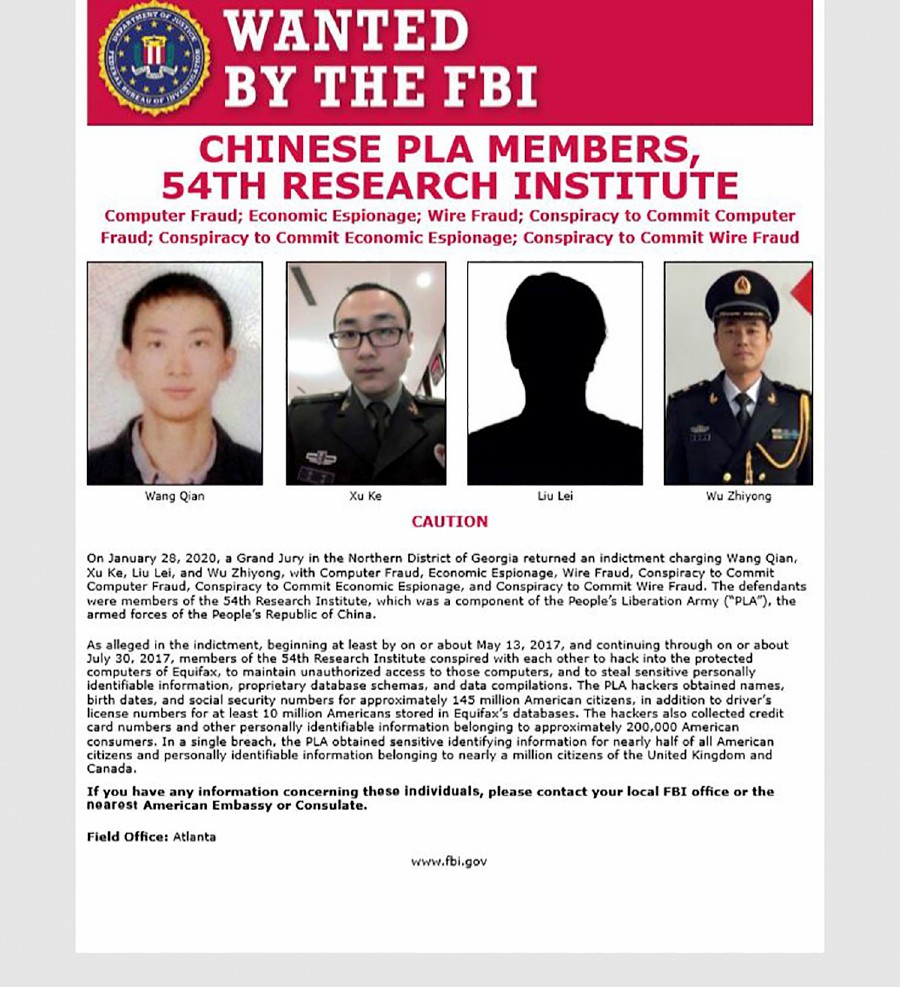By Paul Mozur and Alexandra Stevenson
The police used tear gas as protesters came closer to the Legislative Council building in Hong Kong on Wednesday. Protesters used the app Telegram to organize, but the police were watching.
SHANGHAI — As protesters in Hong Kong retreated from police lines in the heart of the city’s business district, a new assault quietly began.
It was not aimed at the protesters.
It was aimed at their phones.
A network of computers in China bombarded
Telegram, a secure messaging app used by many of the protesters, with a huge volume of traffic
that disrupted service.
The app’s founder, Pavel Durov, said the attack coincided with the Hong Kong protests, a phenomenon that Telegram had seen before.
“This case was not an exception,” he wrote.
The Hong Kong police made their own move to limit digital communications.
On Tuesday night, as demonstrators gathered near Hong Kong’s legislative building, the authorities arrested the administrator of a Telegram chat group with 20,000 members, even though he was at his home miles from the protest site.
“I never thought that just speaking on the internet, just sharing information, could be regarded as a speech crime,” the chat leader, Ivan Ip, 22, said in an interview.
“I only slept four hours after I got out on bail,” he said.
“I’m scared that they will show up again and arrest me again. This feeling of terror has been planted in my heart. My parents and 70-year-old grandma who live with me are also scared.”
Past the tear gas, rubber bullets and pepper spray, the Hong Kong protests are also unfolding on a largely invisible, digital front.
Protesters and police officers alike have brought a new technological savvy to the standoff.
Demonstrators are using today’s networking tools to muster their ranks, share safety tips and organize caches of food and water, even as they take steps to hide their identities.
The Hong Kong authorities are responding by tracking the protesters in the digital places where they plan their moves, suggesting they are taking cues from the ways China polices the internet.
 Demonstrators on Tuesday night outside the Hong Kong government complex.
Demonstrators on Tuesday night outside the Hong Kong government complex.
In mainland China, security forces track chat messages, arrest dissidents before protests even occur, and are increasingly detaining people over posts critical of the government.
The
Hong Kong police have visited the mainland at times looking at ways of stopping "terrorism".
“We know
the government is using all kinds of data and trails to charge people later on,” said
Lokman Tsui, a professor at the School of Journalism and Communication at the Chinese University of Hong Kong.
Protesters used some of the same tools to organize in 2014, when
the Occupy Central demonstration shut down parts of the city for more than two months.
But
their caution shows a growing awareness that the new digital tools can be a liability as well as an asset.
The police during the Occupy protests used digital messages to justify the
arrest of a 23-year-old man, saying he used an online forum to get others to join in.
One message that then spread over the WhatsApp chat service included malware, disguised as an app, that appeared to be for eavesdropping on Occupy organizers.
Researchers said the malware came from China’s government.
“People are minimizing their footprints as much as possible,” Dr. Tsui said.
“In that regard, it’s very different from five years ago. People are much more conscious and savvy about it.”
This week’s protests were sparked by the Hong Kong government’s plans to enact a new law that would allow people in the city to be extradited to mainland China, where the court system is closed from public scrutiny and tightly controlled by the Communist Party.
It described the heavy traffic as a DDoS attack, in which servers are overrun with requests from a coordinated network of computers.
In his tweet, Mr. Durov said the attack’s scale was consistent with a state actor.
Beijing has been blamed in the past for attacks that silence political speech outside mainland China’s borders.
In Hong Kong, the authorities focused on Mr. Ip, the chat room organizer, whom they saw as a ringleader.
He said that the police arrived at his door with a warrant around 8 p.m.
More than 10 officers demanded he unlock his phone, explaining that they were searching for extremists in the chat groups he administered.
 Police officers stopped and searched people on Tuesday night ahead of planned protests.
Police officers stopped and searched people on Tuesday night ahead of planned protests.
At first he refused, but when they threatened to use a device to break into his Xiaomi 6 smartphone, he relented and entered the password.
They then downloaded his chat records.
The officers searched his apartment, where he lives with his parents, but backed down after the parents complained that they were searching through things that were not his, he said.
The police officers implied that they had found him based on his phone number, which was linked to his identification.
While Telegram conversations can be encrypted, the service does not have end-to-end encryption for its group chats, said Dr. Tsui, the communications professor.
After Mr. Ip was arrested, groups distributed warnings to use new pay-as-you-go SIM cards or register foreign numbers online to join groups.
In a statement, the Hong Kong police’s Cybersecurity and Technology Crime Bureau said he had been arrested because he was suspected of conspiracy to cause a public nuisance.
He was released on bail, but the police said an investigation was continuing.
Mr. Ip said he had not attended any protests this week.
Many of the protesters are college-aged and digitally savvy.
They took pains to keep from being photographed or digitally tracked.
To go to and from the protests, many stood in lines to buy single-ride subway tickets instead of using their digital payment cards, which can be tracked.
Some confronting the police covered their faces with hats and masks, giving them anonymity as well as some protection from tear gas.
On Wednesday, several protesters shouted at bystanders taking photos and selfies, asking those who were not wearing press passes to take pictures only of people wearing masks.
Later, a scuffle broke out between protesters and bystanders who were taking photos on a bridge over the main protest area.
For some, the most flagrant symbol of defiance came from showing one’s face.
On Wednesday, as demonstrators prepared for a potential charge by the police, a drone flew overhead.
The protesters warned one another about photos from above, but Anson Chan, a 21-year-old recent college graduate, said she was unconcerned about leaving her face exposed, potentially revealing her identity.
Ms. Chan said she felt compelled to join the protests out of concern about the proposed law.
“Once people get taken to China, they can’t speak for themselves,” said Ms. Chan, who had traveled nearly two hours from Lok Ma Chau in northern Hong Kong to show support and hand out supplies after seeing scenes of violence on the news.
The mainland’s restrictions were on the minds of many.
“The bottom line is whether to trust Beijing,” said Dr. Tsui, the communications professor.
“This is a government that routinely lies to its own citizens, that censors information, that doesn’t trust its own citizens. You can’t ask us to trust you if you don’t trust us.”
“These kids that are out there, all the young people, they’re smart,” he added.
“They know not to trust Beijing.”




/cdn.vox-cdn.com/uploads/chorus_image/image/63864856/1142488819.jpg.0.jpg)





